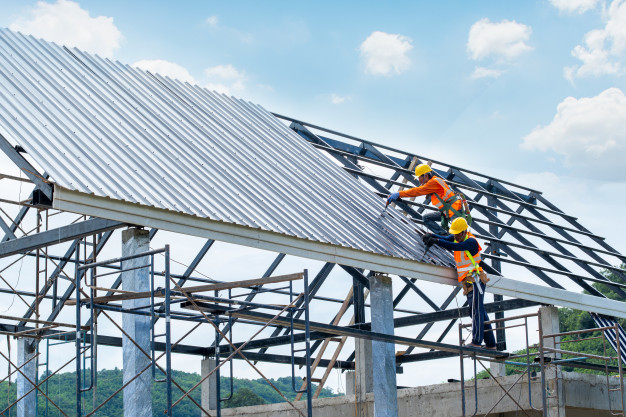The Malaysian sun is known for its power, and it makes no distinction when it comes to your building’s roof. With regular heat bursts, your roof cavity quickly heats up, trapping heat and heating the rest of your home. In the other hand, on cold days, it can trap cold air and will keep your building colder than you would like.
Is it true that roof ventilation works? Without a doubt. Roof ventilation is an inexpensive and safe way to help control the property’s temperature, but only when performed correctly.
What is the process of roof ventilation?
The aim of roof ventilation is to keep the air in your roof cavity fresh. In the summer, this entails allowing colder fresh air from outside to enter the roof while forcing hot air out. In the winter, it allows hot air to enter while forcing cooler air out.
Fresh air reaches the roof cavity via vents, which are usually located under the eave so the sun cannot penetrate it. It can also access the roof via a ceiling grille inside the building, but this is optional. Stale air is drained from the roof by a fan turbine vent, such as a silver whirly bird, which can be powered by electricity and operated continuously, or by natural air pressure and wind blowing over the property. Whirly birds also serve as funfair rides for bored pigeons who want to take a spin.
Box vents, which are unpowered boxes with air grilles, and ridge vents, which rest along the horizontal edges of the roof, are two other kinds of outlet vents. Natural convection allows air to escape from both of these vent forms.
For more information about roof ventilation, please visit https://www.yarkermetalroof.com.my



